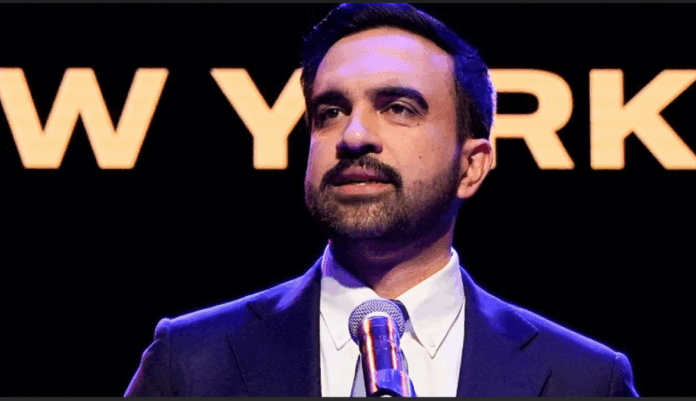In a political moment that feels more like scripted television than real life, President Donald Trump is reportedly set to host New York City mayor-elect Zohran Mamdani at the White House — a meeting that only months ago would have seemed impossible.
On paper, the two men could not be further apart.
Trump has spent years championing a brand of hard-right populism, while Mamdani has built his political identity on leftist organizing, pro-tenant activism, democratic socialism, and an unapologetically anti-establishment approach. Their ideological universes rarely overlap — except when clashing head-on.
And yet, here they are: preparing to sit across from each other in the most powerful political building in the world.
A Strategic Reset — or Pure Optics?
Political analysts are already dissecting the move from every angle. To some, it looks like Trump attempting to project a “big tent” leader moment — an effort to soften edges and extend an olive branch to constituencies that traditionally reject him. In essence: “Look, I can work with my critics.”
For Mamdani, however, the calculus is more complex.
He has built his credibility on pushing back against federal overreach, policing abuses, and economic inequality — issues where Trump’s policy positions often stand in sharp contrast. Accepting a White House invitation could be viewed in two ways:
-
A strategic opportunity to advocate directly for New Yorkers and elevate progressive demands.
-
A political risk, making him appear complicit with a president whose agenda he has repeatedly challenged.
Either way, Mamdani knows the symbolism. Walking into the White House under Trump is not just a meeting — it’s a statement.
What’s Really at Stake?
The meeting arrives at a time when tensions between federal and local governments are running high:
-
New York is grappling with affordability crises, migrant waves, and policing debates.
-
Washington is navigating national division and deep ideological fractures.
Whether the two leaders will find common ground or simply stage a moment of political performance remains to be seen. But what is clear is this:
Both stand to gain something — visibility, leverage, narrative control — even if they agree on nothing else.
A New Era of Pragmatism? Or a One-Day Truce?
If the meeting yields real policy collaboration, it could signal a new era of pragmatism between ideological adversaries.
If it ends in polite photographs and sharp press releases, it becomes just another chapter in America’s long political theater.
Regardless, this moment matters because it underscores a broader national truth:
In today’s politics, alliances shift fast, optics matter more than ideology, and even sworn opponents will share a table when the timing is right.




